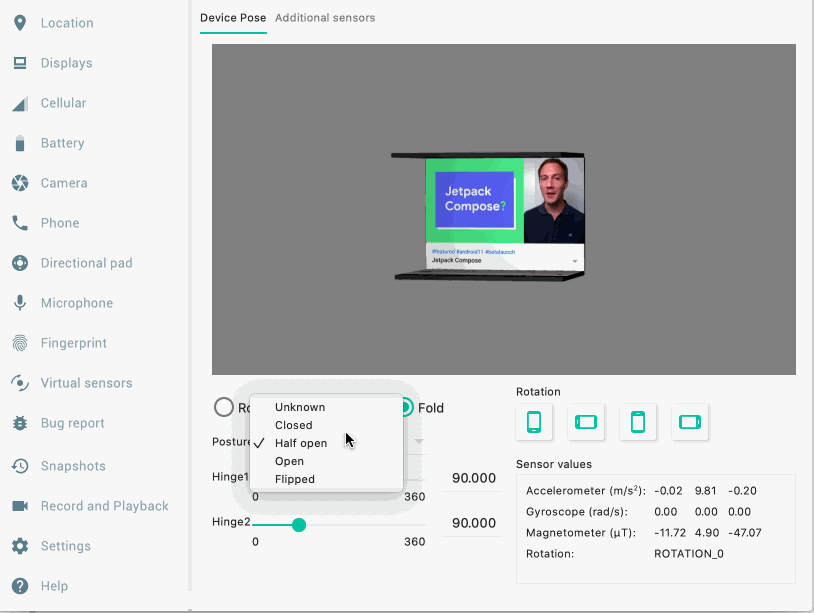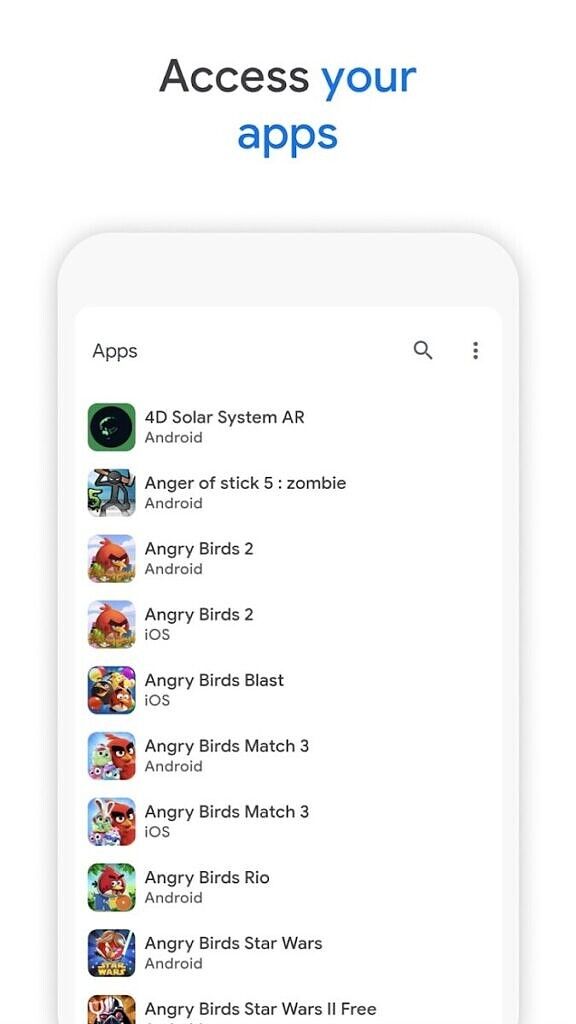SARS-CoV-2, also known colloquially as just the coronavirus, has wreaked havoc across the world. Many countries shut down large parts of the economy in order to contain the spread of the virus. As countries reopen their economies, many health experts fear a “second wave”, ie. resurgence, of COVID-19. To prevent a second wave, public health experts are advocating that nations adopt contact tracing, ie. tracing all the people who have recently come into contact with a person who has tested positive for COVID-19 and then undertaking steps to isolate those individuals. Contact tracing is difficult to implement correctly without violating an individual’s privacy. The threat to personal privacy was severe enough for Google and Apple to collaborate on an API that developers of public health agencies can use to implement app-based contact tracing solutions. This contact tracing API, which Google and Apple call the Exposure Notification API, is designed to respect user privacy and security.
Once a user downloads an app that uses the Exposure Notification API and opts in to contact tracing, their device starts generating “proximity identifiers” that are changed every 15 minutes (on average). Via Bluetooth Low Energy, these “proximity identifiers” are periodically shared with nearby devices whose users have also opted into contact tracing. The proximity identifier is then processed on-device and does not reveal information about a user’s location or other personally identifiable information. Once a user confirms a positive diagnosis of COVID-19, they can share their diagnosis with the app they installed, which will then inform other users who have come into close contact with them in the last 14 days. For more information on how the Exposure Notification API works, we recommend reading our initial coverage.
Google first rolled out the Exposure Notification API for Android devices on May 20, 2020, as part of an update to Google Play Services, but its use is restricted to apps that have been developed by official public health agencies (for obvious reasons). However, neither Google nor Apple has made details public about the list of apps that have been whitelisted for using this API, so unless you’re constantly keeping up with the news, it’s hard to know which countries have adopted the API. We’ve previously covered some of the countries that have adopted the Exposure Notification API when we talked about the various open-source contact tracing projects that are out there. In this article, we have compiled a list of official contact tracing apps from designated health agencies from various countries that are using Google and Apple’s Exposure Notification API. Our list contains COVID-19 contact tracing apps that have been released or are currently in development.
We discovered Google’s hidden whitelist of application package names for the API. Subsequently, these package names were traced back to apps, their listing, and the countries they belong to. The information is compiled below in a table for easy reference. We have also added Google Play Store and Apple App Store links, if the app has been publicly released, as well as the source code and the official website link, wherever available. We will update the following tables as more countries/regions adopt the API.
Table Changelogs
- June 26, 2020
- Added: Brazil, Ghana, Ecuador, Spain, Estonia, Egypt, Portugal, Croatia, MIT’s PathCheck SafePlaces
- Package names updated: Canada, Alabama
- June 29, 2020
- Updated Ireland’s listing to include the source code
- Added the name and package name of Spain’s app.
- Google has updated the package name “eg.nc.moh.bruhealthtrace” to “egnc.moh.bruhealthtrace.” This matches the “BruHealth” contact tracing app from the government of “Brunei.” We have updated the table accordingly.
- June 30, 2020
- Added Spain’s Radar COVID app
- July 1, 2020
- Fixed Japan’s listing to reflect that COCOA – COVID-19 Contact App has already been released.
- Added a separate table for open contact tracing implementations based on Google and Apple’s Exposure Notification API. PathCheck SafePlaces was moved to this table and COVID Shield and Common Circle were added.
- July 6, 2020
- Ireland’s COVID Tracker app has been released on Google Play and the Apple App Store, so the listing in the table has been updated with links to reflect that.
- July 8, 2020
- Added: North Ireland, the Netherlands (second app), Finland, and MITRE’s COVID Aware app
- July 15, 2020
- Added: Arizona, CV Key
- Updated: New Canadian app, package names for UK apps, Mexican app, updated Ghana –> Gibraltar
- July 22, 2020
- Added: Nevada (?) pending verification
- August 5, 2020
- Added: Belgium (In-Development), New York (In-Development)
- Updated: Virginia (Released), North Dakota (In-Development), Canada (Released), Croatia (Released), Ecuador (Released), Northern Ireland (Released)
- August 10, 2020
- Added: Slovenia, Arizona, South Africa (?) pending verification
- Re-verified that released apps are using COVID-19 ENS.
- August 13, 2020
- Updated: United Kingdom (Released)
- August 24, 2020
- Added: Czech Republic (In-Development), Michigan (In-Development), North Carolina (In-Development), Pennsylvania (In-Development), Scotland (In-Development), Kazakhstan (In-Development)
- Updated: Spain (now using ENS), Estonia (Released), Netherlands (Released), Slovenia (Released), Alabama (Released), Nevada (Released), North Dakota & Wyoming (Released)
Regions with COVID-19 contact tracing apps based on the Exposure Notifications System (ENS)
| Region | App Name | Android Package Name | Status | Useful Links |
|---|---|---|---|---|
| Australia | COVIDTrace | au.gov.dta.covidtrace | In-Development | – |
| Austria | Stopp Corona | at.roteskreuz.stopcorona | Released | |
| Belgium | – | be.sciensano.coronalert | In-Development | – |
| Brazil | Coronavirus – SUS | br.gov.datasus.guardioes | Released | |
| Brunei | BruHealth | egnc.moh.bruhealthtrace | Testing ENS | |
| Canada | COVID Alert | ca.gc.hcsc.canada.stopcovid | Released | |
| Croatia | Stop COVID-19 | hr.miz.evidencijakontakata | Released | |
| Czech Republic | eRouška | cz.covid19cz.erouska.dev | In-Development | |
| Denmark | Smittestop | com.netcompany.smittestop_exposure_notification | Released | |
| Ecuador | ASI | ec.gob.asi.android | Released | |
| Estonia | Hoia | ee.tehik.hoia | Released | |
| Finland | Koronavilkku | fi.thl.koronahaavi | In-Development | – |
| Germany | Corona-Warn-App | de.rki.coronawarnapp | Released | |
| Gibraltar | Beat Covid Gibraltar | com.gha.covid.tracker | Released | |
| Ireland | Covid Tracker | com.covidtracker.hse | Released | |
| Italy | Immuni | it.ministerodellasalute.immuni | Released | |
| Japan | COCOA – COVID-19 Contact App | jp.go.mhlw.covid19radar | Released | |
| Kazakhstan | eGov bizbirgemiz | kz.nitec.bizbirgemiz | In-Development | |
| Kenya | – | ke.go.health_togethertrace | In-Development | – |
| Latvia | Apturi Covid Latvia | lv.spkc.gov.apturicovid | Released | |
| Malta? | – | mt.gov.dp3t | In-Development | – |
| Mexico | COVID-19MX | mx.gob.www | Testing ENS | |
| Netherlands | CoronaMelder | nl.rijksoverheid.en | Released | |
| Northern Ireland | StopCOVID NI | net.hscni.covidtracker | Released | |
| Philippines | StaySafe PH | ph.staysafe.mobileapp | Testing ENS | |
| Poland | ProteGO Safe | pl.gov.mc.protegosafe | Released | |
| Portugal | STAYAWAY COVID | fct.inesctec.stayaway | In-Development | |
| Saudi Arabia | Tabaud | sa.gov.nic.tabaud | Released | |
| Scotland | – | gov.scot.covidtracker | In-Development | – |
| Slovenia | OstaniZdrav | si.gov.ostanizdrav | Released | |
| South Africa | COVIDConnect | za.gov.health.covidconnect | In-Development | |
| Spain | Radar COVID | es.gob.radarcovid | Released | |
| Switzerland | SwissCovid | ch.admin.bag.dp3t | Released | |
| United Kingdom | NHS COVID-19 | uk.nhs.covid19.production | Released | |
| Uruguay | Coronavirus UY | uy.gub.salud.plancovid19uy | Released | |
| USA – Alabama | GuideSafe | gov.adph.exposurenotifications | Released | |
| USA – Arizona | Covid Watch | gov.azdhs.covidwatch.android | Testing ENS | |
| USA – Michigan | – | gov.michigan.MiCovidExposure | In-Development | – |
| USA – Nevada | Covid Trace Nevada | gov.nv.dhhs.en | Released | |
| USA – New York | – | gov.ny.health.proximity | In-Development | – |
| USA – North Carolina | – | gov.nc.dhhs.exposurenotification | In-Development | – |
| USA – Pennsylvania | – | gov.pa.covidtracker | In-Development | – |
| USA – North Dakota & Wyoming | Care19 Alert | com.proudcrowd.exposure | Released | |
| USA – South Carolina | – | – | In-Development | – |
| USA – Virginia | COVIDWise | gov.vdh.exposurenotification | Released |
Note: A ? next to the region means we are unsure which region this app is being developed for.
Open COVID-19 contact tracing implementations based on the Exposure Notification API
| Parties | App Name | Android Package Name | Status | Useful Links |
|---|---|---|---|---|
| CVKey Project | CVKey | org.cvkey.cvkey | Testing ENS | |
| MIT | PathCheck SafePlaces | org.pathcheck.covidsafepathsbt.mn | Testing ENS | |
| MITRE Corporation | COVID Aware | org.mitre.covidaware | In-Development | |
| Shopify Volunteers | COVID Shield | app.covidshield | In-Development | |
| University of Washington School of Medicine | Common Circle | edu.uw.commoncircle.research
edu.uw.commoncircle.exposures |
In-Development
In-Development |
– |
Thanks to PNF Software for providing us a license to use JEB Decompiler, a professional-grade reverse engineering tool for Android applications.
The post Here are the countries using Google and Apple’s COVID-19 Contact Tracing API appeared first on xda-developers.
from xda-developers https://ift.tt/2YC0UrS
via IFTTT









